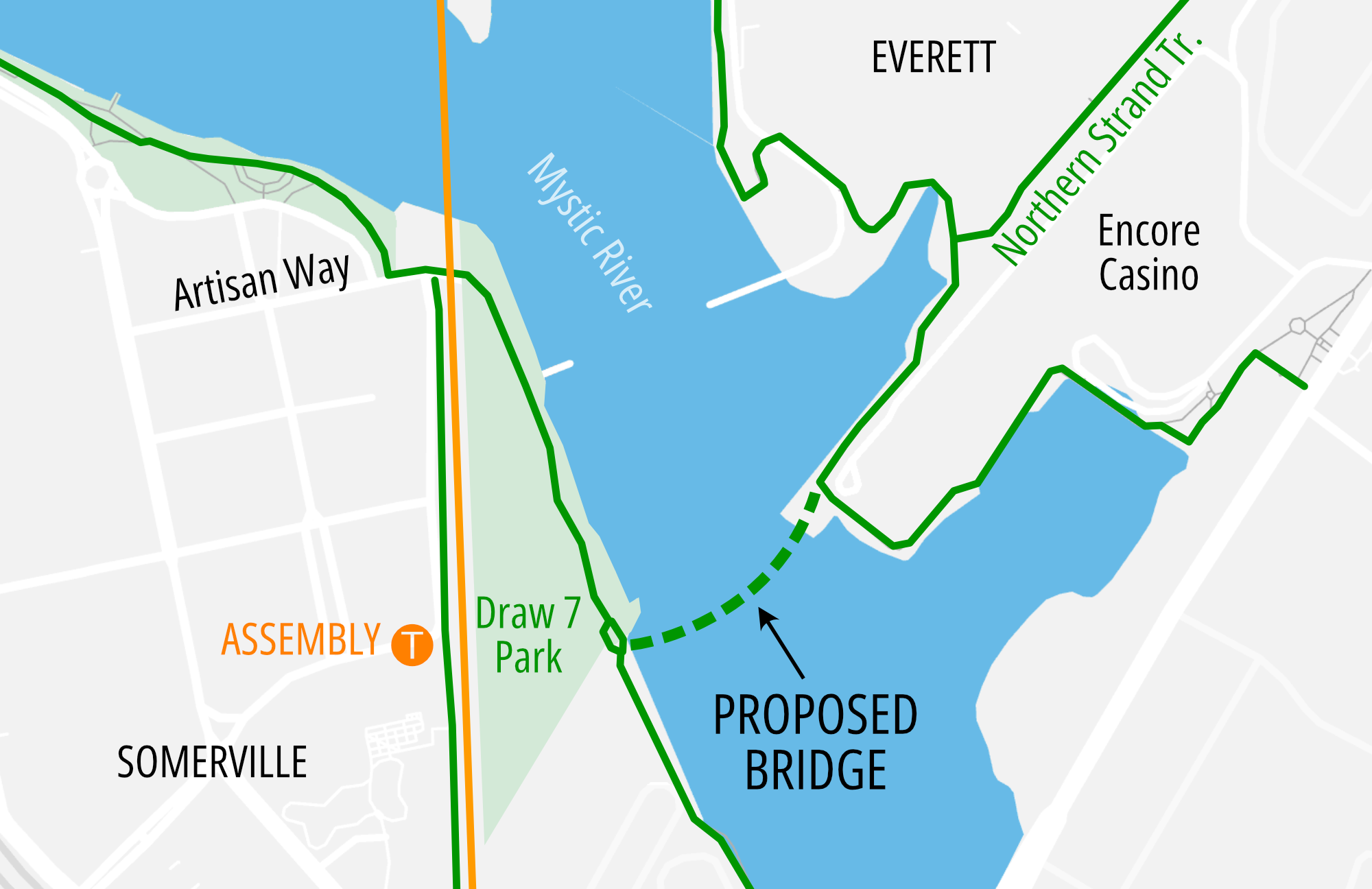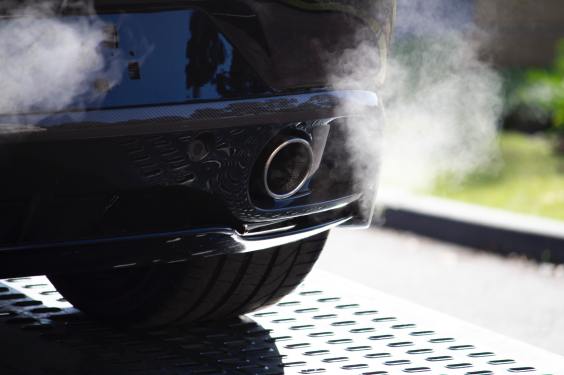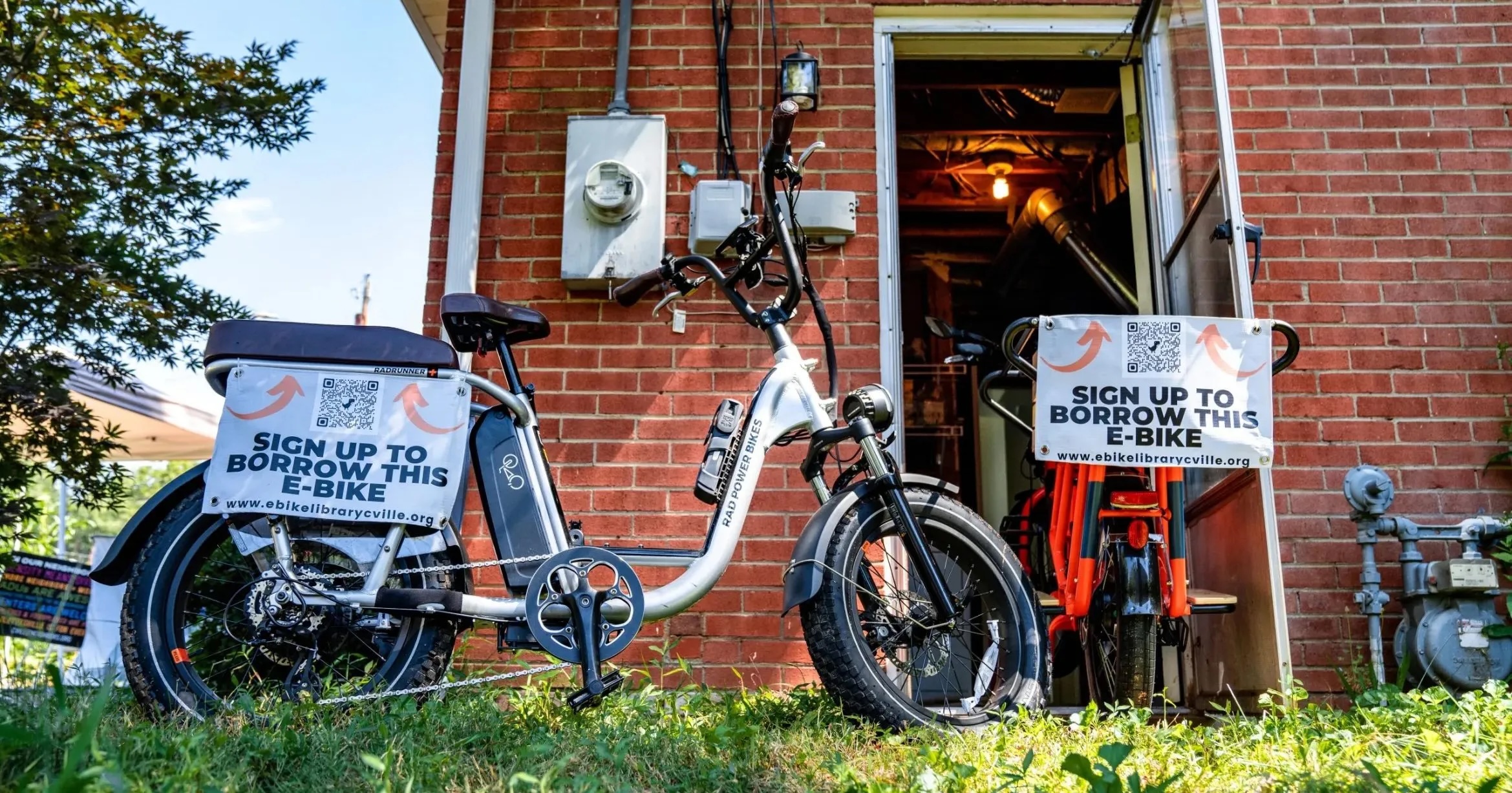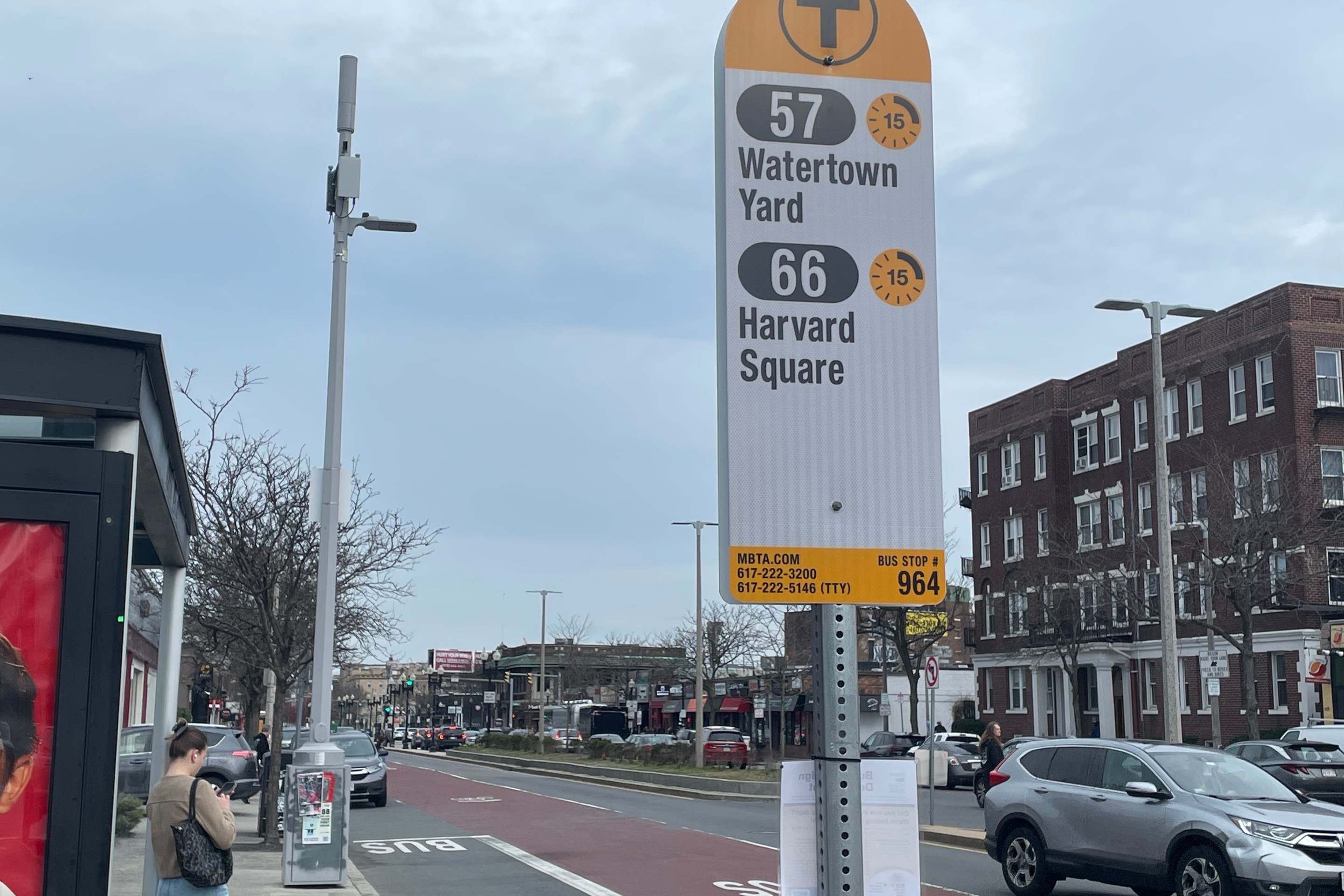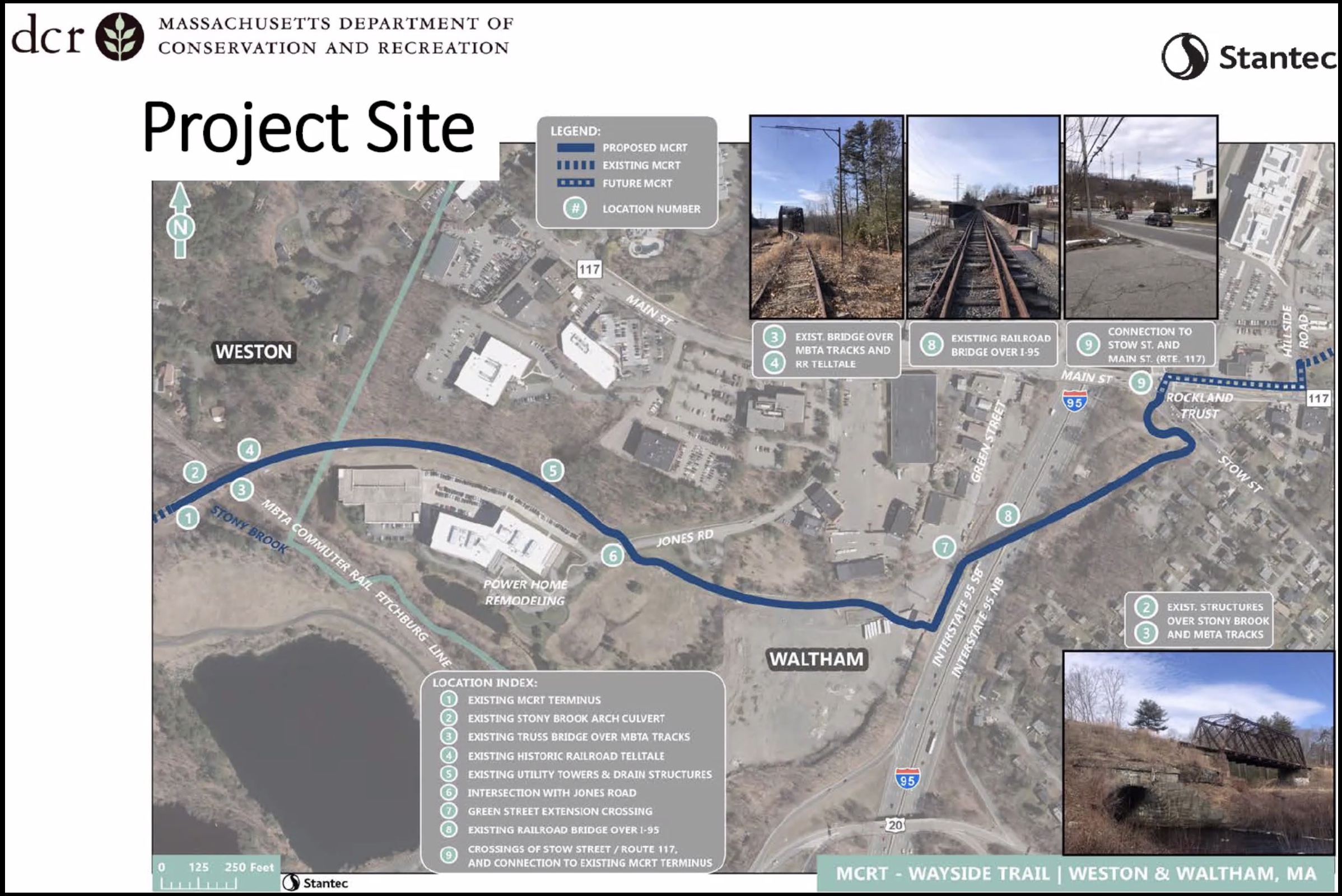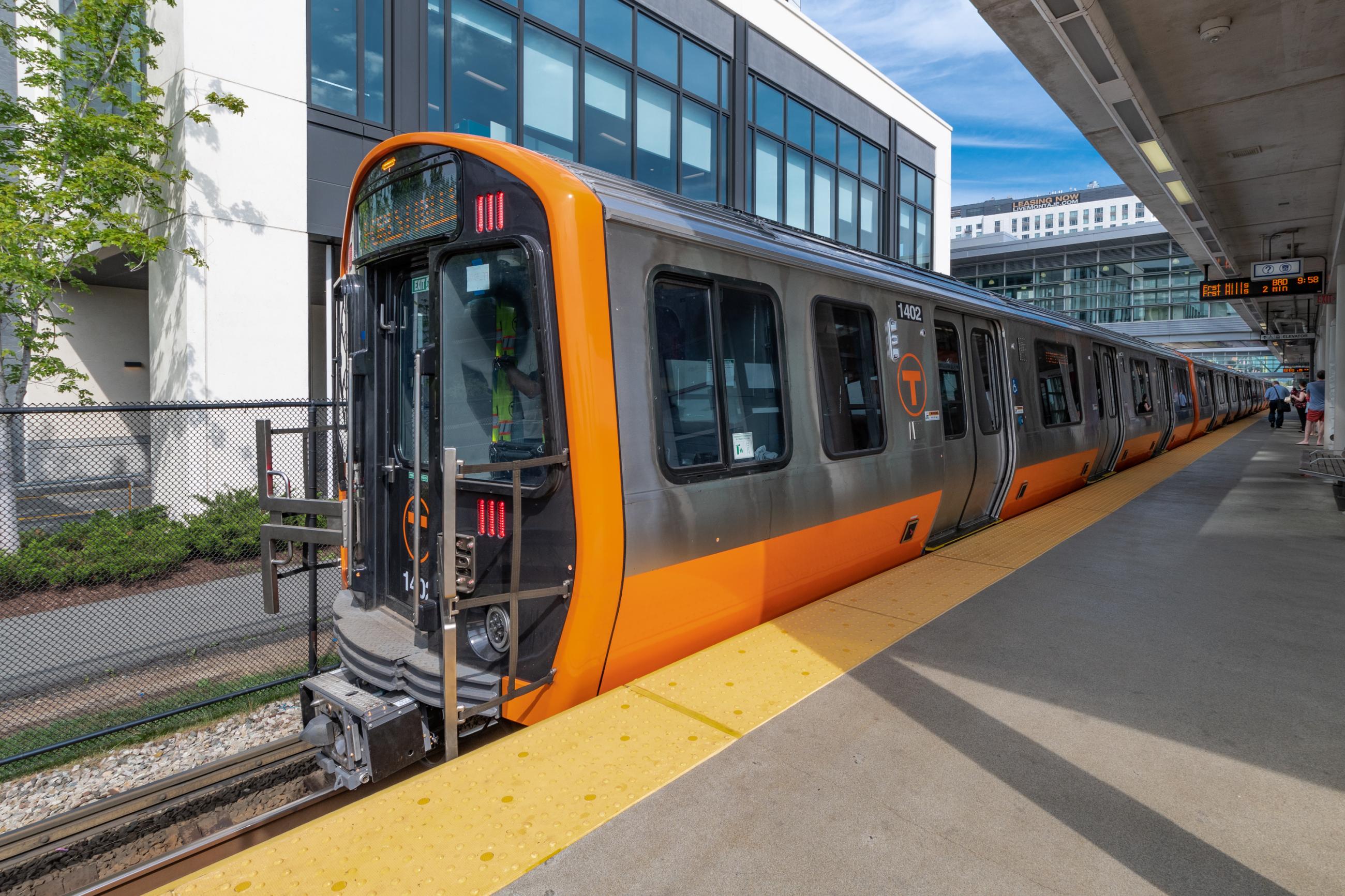
A new Orange Line train at Assembly Station in summer 2019. Courtesy of the MBTA.
New Orange and Red Line trains "will remain out of service for at least another 3 weeks," according to the MBTA's Deputy General Manager Jeff Gonneville.
The revelation came during Monday's meeting of the Fiscal and Management Control Board.
Gonneville told board members that the T is continuing to investigate a March 16 incident in which one the T's new Orange Line trains derailed near Wellington station, in an area where the T had just begun a project to replace older tracks.
After the incident, the T pulled all of its new subway trains out of service, and also suspended all subway service in the track work area, replacing the Orange Line with bus shuttles north of Sullivan station.
Agency officials are still uncertain whether the derailment should be blamed on the older tracks in the area, or on the new vehicles.
"We're taking a very conservative approach with the vehicle, and doing some tests at a very individual component level," said Gonneville. "One of those tests is scheduled to be three weeks out from now, which essentially means that the cars will remain out of service for at least another three weeks until we can get these tests done."
In better news, the T reopened the Orange Line for service north of Sullivan Square this week after crews were able to complete their track work in the area of the derailment.
The unplanned closure also allowed the T to rehabilitate three miles of track between Sullivan and Oak Grove stations and accelerate other planned track work and station renovations in the area, which could obviate the need for other service disruptions in the future.
New bus driver hiring underway to reverse service cuts, improve bus reliability
Gonneville also updated board members on the agency's progress towards restoring bus service after suspending routes and reducing trips in March – a goal that's been hampered by a lack of bus operators on the T's payroll.
This had been a challenge for the agency even before the pandemic, when, on average, 1.4% of scheduled bus trips did not run for a lack of qualified drivers who could cover shifts on a typical day, according to Gonneville.
Another challenge to reversing the March service cuts comes from the fact that more drivers and buses have been assigned to a handful of higher-ridership routes, to help reduce crowding on routes where ridership has remained relatively high.
To allow social distancing, the MBTA is operating more service than pre-COVID on a number of routes with high ridership, many serving low-income and communities of color. The operators to run the extra service comes from less service on other routes. pic.twitter.com/USD98lhKlP
— Laurel Paget-Seekins (@LaurelinTransit) April 13, 2021
The T now aims to hire 120 full-time-equivalent drivers to restore pre-pandemic service levels and continue reducing the number of dropped trips – but with training needs and normal attrition, it's expected to take about a year to reach that level of staffing.
"We are confident that by fall of 2021 we will absolutely (have) the headcount we had pre-COVID," Said Gonneville. "We are going to continue hiring... (and) the operating budget has been built to assume this additional capacity that we want to build back into the system."
'Rail Vision' remains on a slow track
Also on Monday, the T's board also heard a presentation from Alistair Sawers, who remains the sole employee of the agency's mostly-empty "rail transformation" office.
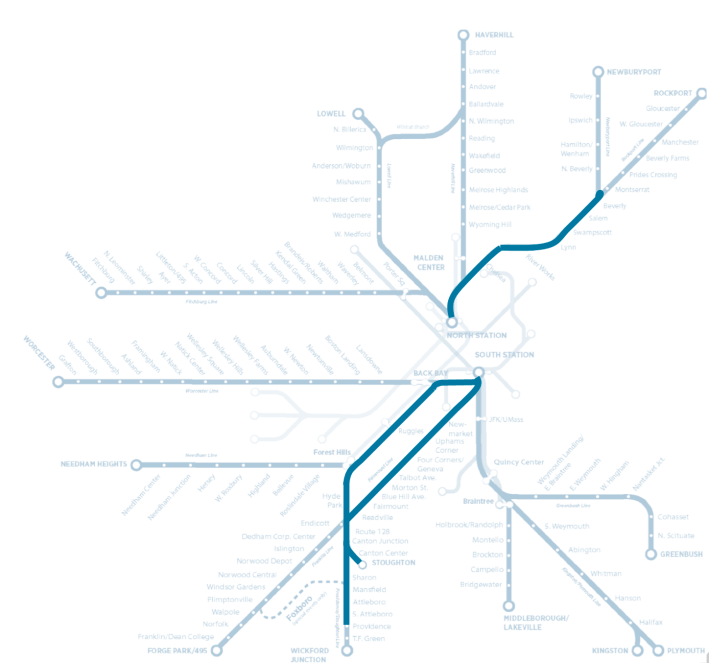
Sawers outlined the (mostly unfunded) steps that need to be taken to run electric MBTA trains on the Providence Line, the Fairmount line, and the Newburyport-Rockport line to Beverly, which have been targeted for a "phase one" of electrification.
The Providence Line, which is already electrified for Amtrak trains, has the fewest hurdles to overcome, but the T would still need to build power upgrades along the line, procure new electric trains, and figure out where to store them overnight.
Sawers estimated that, even with full funding, it would still be mid-2024 before the T could carry passengers on new electric trains on the Providence line.
The Boston-to-Beverly and Fairmount lines, which require more extensive infrastructure work to design and build overhead power lines and other upgrades to tracks, stations, and signals, face a longer timeline. Sawers estimated it would take up to 18 months and $5-$10 million in early, as-yet-unfunded design work just to get a detailed cost estimate for those projects by the end of 2022.
Board chair Joseph Aiello urged Sawers to "move this work expeditiously" so that projects can be considered for capital funds the next time the T approves its capital budget, one year from now.
Read More:
Stay in touch
Sign up for our free newsletter
